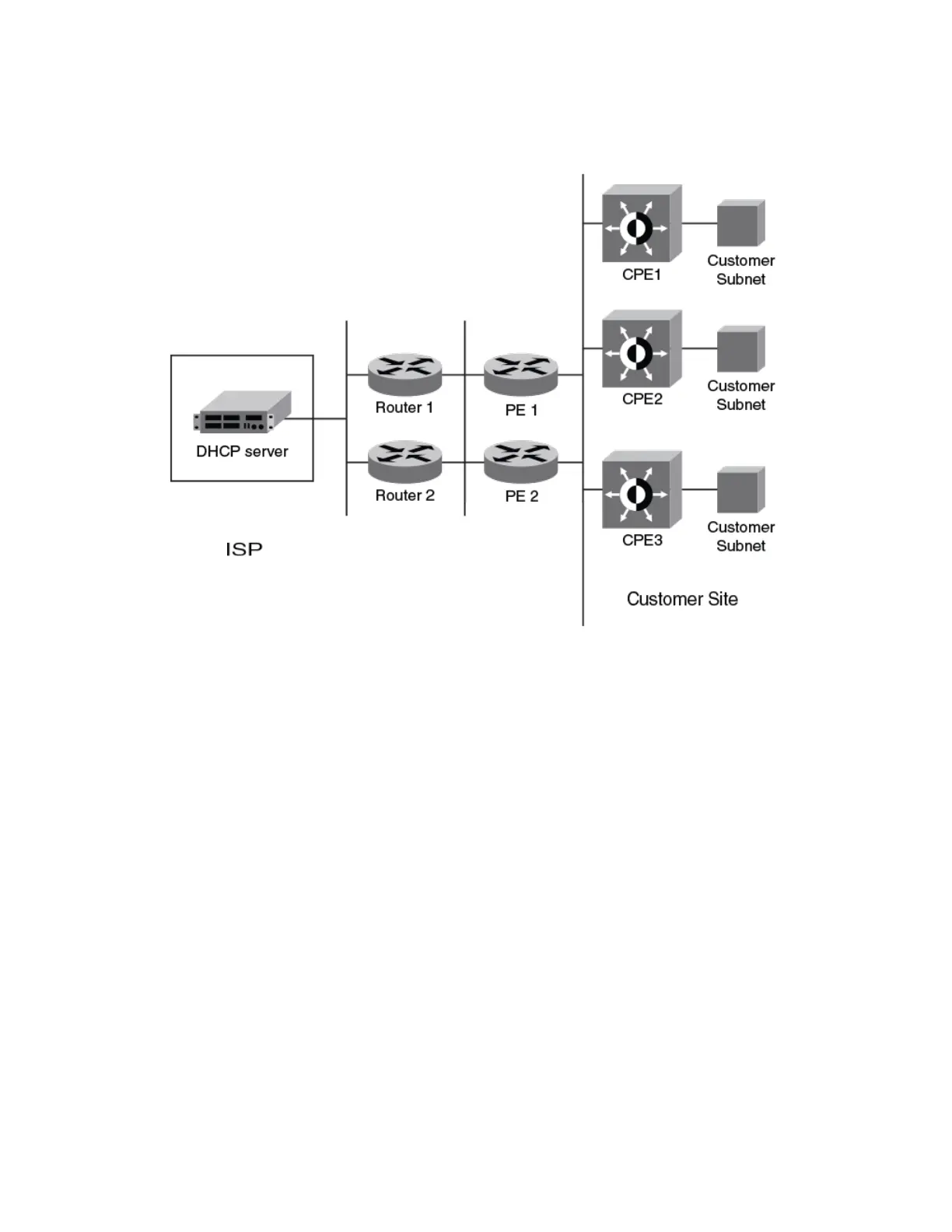FIGURE 17 DHCPv6 Relay Agent Prex Delegation Notication
A route is added to the IPv6 route table on the provider edge router (PE) for the delegated prex to be delegated to requesting routers.
The DHCP server chooses a prex for delegation and responds with it to the CPEx. to the external network and to enable the correct
forwarding of the IPv6 packets for the delegated IPv6 prex. Adding the delegated prex to the IPv6 route table ensures that the unicast
Reverse Path Forwarding (uRPF) works correctly.
Since the PE is also a DHCPv6 relay agent (it relays DHCPv6 messages between the CPE and the DHCP server), it examines all
DHCPv6 messages relayed between the CPE and the DHCP server and gathers information about a delegated prex and then manages
the advertisement of this delegated prex to the external network.
DHCPv6 Relay Agent Prex Delegation Notication limitations
The following limitations apply to the DHCPv6 Relay Agent Prex Delegation Notication.
• The PD notication fails when the DHCPv6 messages between a DHCPv6 server and a DHCPv6 client containing the PD
option are not relayed via the DHCPv6 relay agent.
• If the delegated prex is released or renewed by the client at the time when the DHCPv6 relay agent is down or rebooting, then
this release or renewal of the delegated prex will not be detected by the relay agent. In such a condition, there could be stale
static routes in the routing table. You must clear the stale routes.
• If there is no sucient disk space on a ash disk, then the system may not store all the delegated prexes in the IPv6 route
table.
• The DHCPv6 PD ash operation will depend on the NTP clock synchronization. During system boot up, if the NTP is
congured, the ash operation (dhcp6_delegated_prexes_data ash le read/write) is delayed till the NTP is synchronized. The
DHCPv6 Relay Agent Prex Delegation Notication
FastIron Ethernet Switch Layer 3 Routing
194 53-1003627-04

